Table of contents
General considerations about teas for menstrual cramps
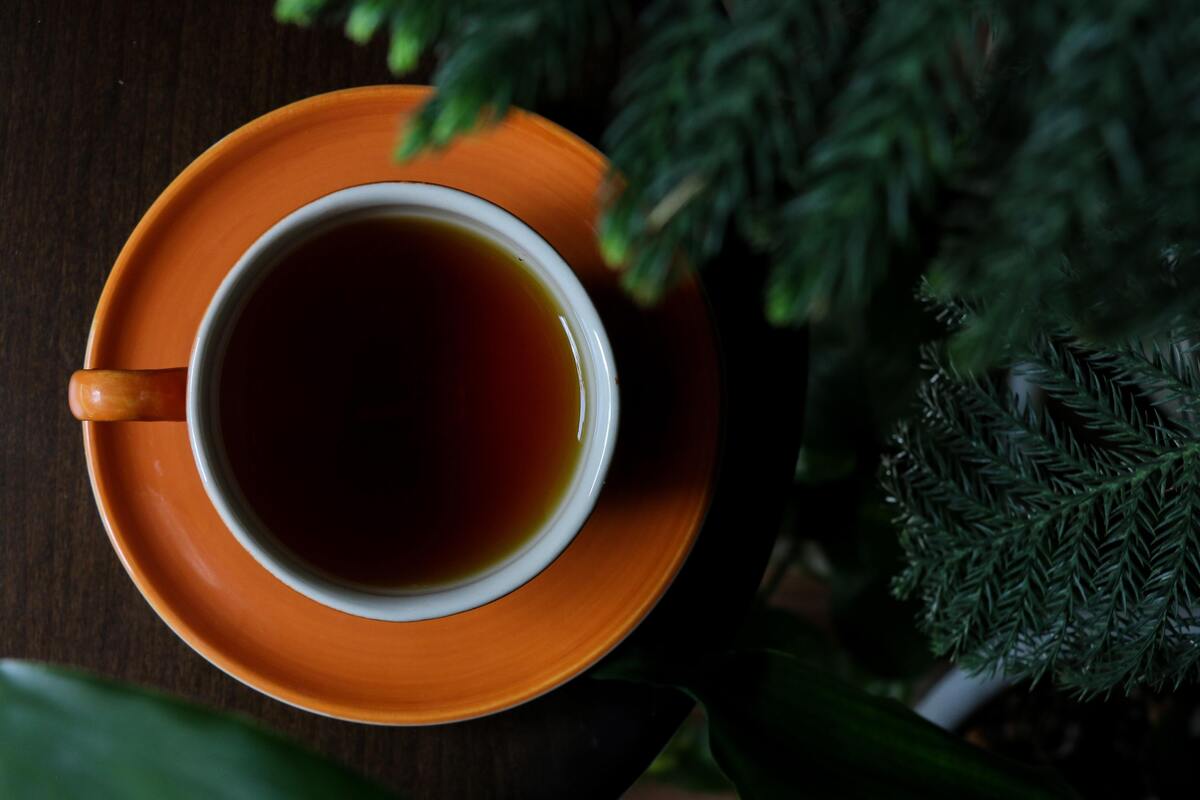
The teas for menstrual cramps, in general, are a very effective way to combat this evil that brings several disorders to women. They contain components that relieve the pain of colic and can also treat other common symptoms in this period, usually: headache, lower back pain, abdominal and breast swelling, nausea, and many others.
In addition, when combined with other practices, such as, for example, the use of heat, with a hot water bag over the lower abdomen, doing light exercises, and, of course, maintaining a healthy diet, a woman can go through this phase without it interfering negatively with her routine. Therefore, leading a quality lifestyle makes all the difference in health as a whole.
Therefore, in this article you will see the best teas, as well as understand how colic happens and many tips that will help you get through well, the menstrual period every month. Follow along.
The best teas to relieve the pain of menstrual cramps
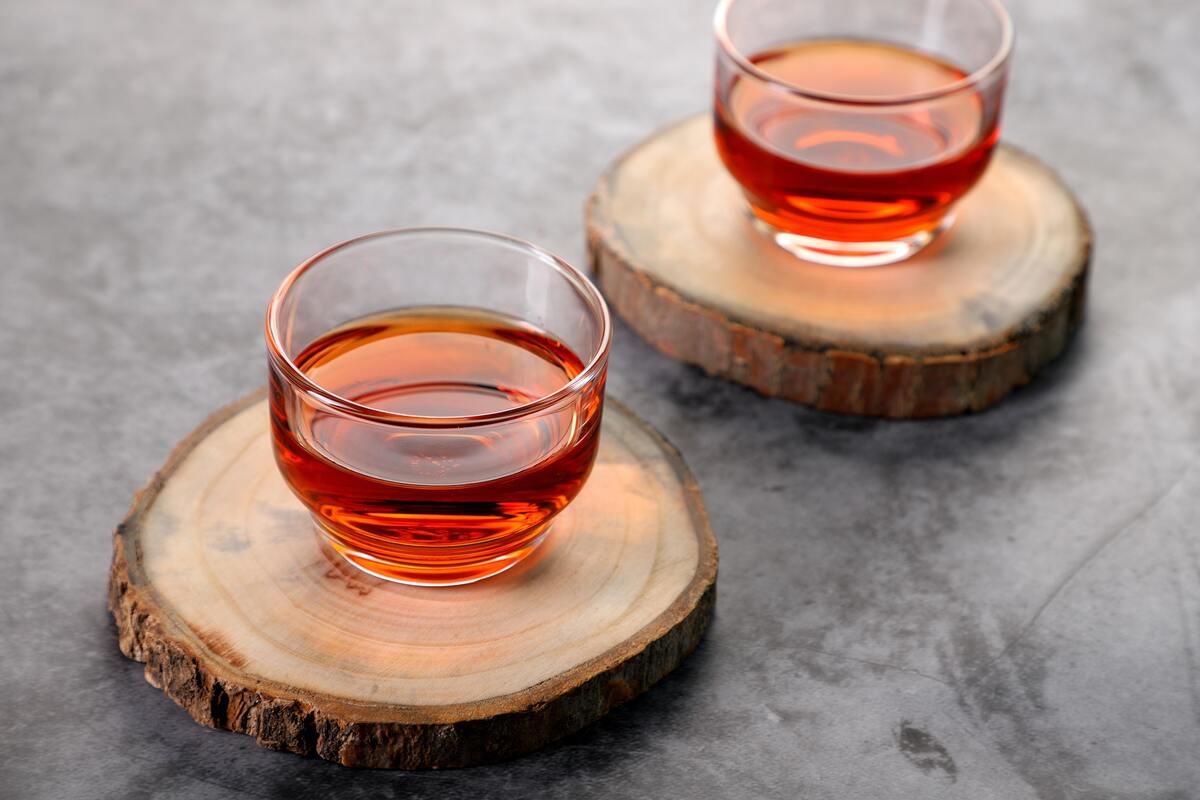
The teas to relieve cramps are made with medicinal plants that have analgesic, antispasmodic and anti-inflammatory properties. And this makes them, a powerful home remedy, not only to relieve pain, but also to regulate the menstrual cycle, besides easing the stress and anxiety that are very common in PMS. In this topic we have selected the best teas to relieve the pain ofMenstrual colic, see below!
Ginger tea
Ginger tea has anti-inflammatory and analgesic actions, which help to reduce menstrual cramps.
To make the tea is very simple and takes only a few minutes, you will need the following ingredients: 1 teaspoon of ginger (chopped or grated) and 250 ml of water. In a pot put the water and the ginger and let it boil for 5 minutes. Cover to continue steeping, while the tea gets to a nice temperature to drink.
Chamomile tea
Chamomile tea contains antispasmodic and anti-inflammatory properties that are ideal for decreasing menstrual cramps, because it acts to reduce prostaglandin, which is responsible for causing uterine pain.
The preparation of chamomile tea is easy and quick, you will need two teaspoons of chamomile tea (dried flowers) and 250 ml of water. Boil the water, turn off the heat and add the herb. Put a lid on the container and let it infuse for 10 minutes.
Ginger tea with chamomile
Ginger tea with chamomile makes a perfect combination for minimizing menstrual cramps, as they each have analgesic and antispasmodic actives that reduce pain, as well as calming and helping you sleep better.
To make the tea, you will need few ingredients: 1 teaspoon of ginger (chopped or grated), 1 teaspoon of chamomile (dried flowers) and 250 ml of water. Put the water, ginger and chamomile to boil for 5 minutes. Wait until it gets to a nice temperature and it's ready.
Marigold tea
Calendula tea is another good natural alternative to combat menstrual cramps. This herb has antispasmodic, analgesic, and relaxing substances, which reduce the pain caused by cramps. In addition, it helps regulate the cycle, something common for some women.
Make calendula tea with the following ingredients: 1 handful of dried calendula flowers and 250 ml of water. Bring the water to a boil, add the calendula and turn off the heat. Cover and let it brew for 10 to 15 minutes. Let it cool down and it's ready, if you prefer, add honey or sugar to sweeten and drink it up to twice a day.
Oregano tea
Besides being used in recipes as an aromatic herb, oregano has beneficial substances in its composition, which can help many women during the menstrual period, because besides alleviating cramps, it also regulates the cycle.
Furthermore, oregano tea has a diuretic and sweating action, eliminating fluid retention and reducing headaches, common symptoms before and during menstruation.
To prepare the tea, start by boiling 250 ml of water, turn off the heat, and then add a tablespoon of dehydrated oregano. Cover the pot and let it rest for 10 to 15 minutes, then serve.
Lavender tea
Because it has anti-inflammatory, calming, and peripheral circulation stimulating properties, lavender tea is an excellent choice for relieving menstrual cramps. Not only that, it also reduces stress and anxiety, because due to the hormonal changes during the menstrual period, many women suffer from mood swings.
Make the tea as follows: boil 1 liter of water and add 50g of dried or fresh lavender leaves. Turn off the heat and leave to infuse, covering the pot for about 15 minutes. Strain and consume. The remaining leaves can also be placed on the abdomen 3 times a day or until pain is relieved.
Mango leaf tea
Mango leaves are a great home remedy for relieving the pain caused by menstrual cramps. They have antispasmodic properties that help control spasms and involuntary contractions in the uterus. In addition, the tea made from this plant helps with headaches that can arise in the periods before the menstrual cycle begins.
The method is very simple and can be done quickly. In a pot place 1 liter of water and 20g of mango leaves. Boil for about 5 minutes and turn off the heat. While it cools down, cover the lid to continue the infusion and thus release more of the plant's properties. Strain and consume before and during menstruation.
Agnocasto tea
Agnocasto or vitex tea is a medicinal plant rich in antispasmodic, antiestrogenic, sedative, and anti-inflammatory properties, which are beneficial for women's health, regulating the hormones. Therefore, it is possible to regulate the menstrual cycle, improving PMS symptoms, such as pimples, cramps, and abdominal swelling.
To prepare the tea, boil 300 ml of water, add the agnocasto flowers and turn off the heat. Cover the container to simmer for about 10 minutes. Strain and it is ready to drink. Avoid drinking this tea in excess, as it can cause intestinal disorders.
Lavavaca tea
Lavender tea contains a relaxing and antispasmodic action, properties that are effective in reducing cramps and other pains caused before and during the menstrual period. Making the tea requires few ingredients: 500 ml of water and 5 lavender leaves.
Place the water and the alfavaca in a kettle, boil for about 5 minutes, and wait until the tea is at a pleasant temperature for consumption. Drink the tea, preferably unsweetened, because sugar tends to increase colic, and drink it every 6 hours.
Mugwort tea
Mugwort tea has active ingredients that can combat menstrual cramps, in addition to helping the menstruation go down. This is due to its analgesic, antispasmodic, and anti-inflammatory action.
To prepare the tea, simply boil 1 liter of water with 2 tablespoons of mugwort leaves. Wait 5 minutes, turn off the heat, and leave the container covered to continue steeping while it cools. Strain and consume the tea, without adding sugar, 2 to 3 times a day.
The consumption of teas, why colic occurs, and when to seek a doctor
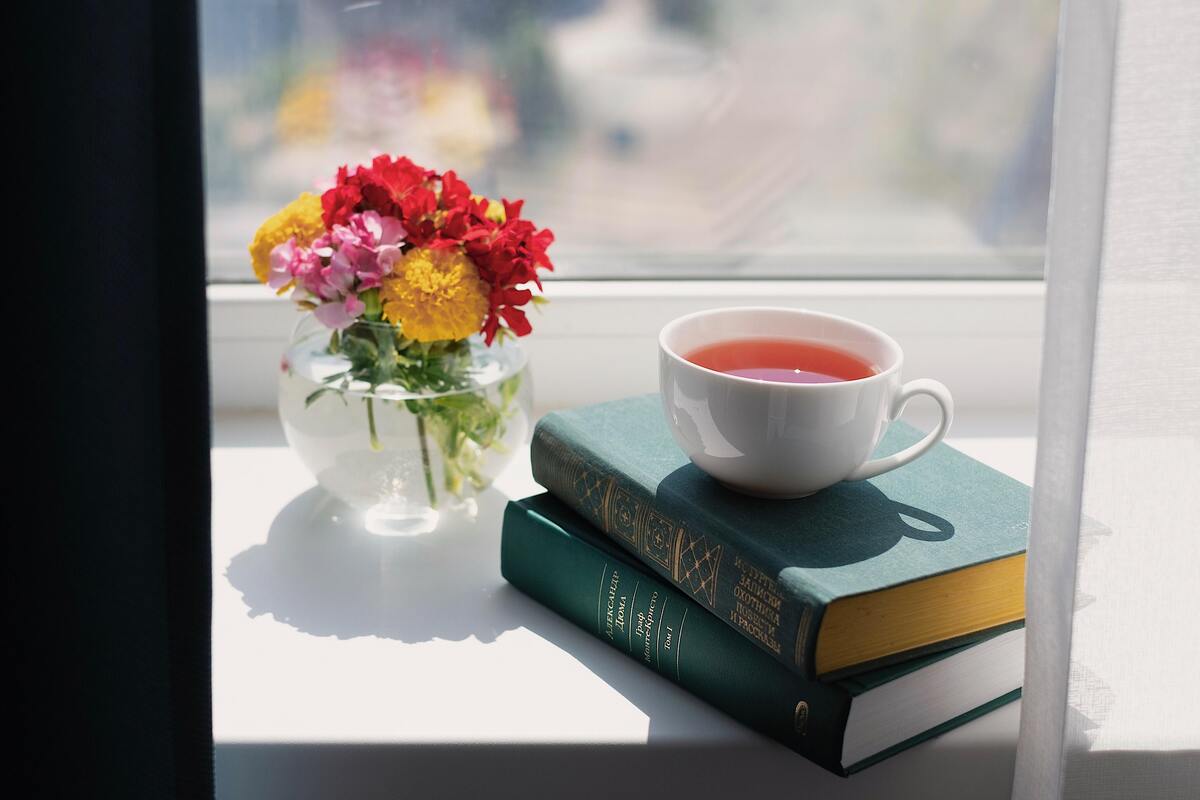
In addition, knowing when to seek medical help is important, because depending on whether there is some other health problem, the cramps tend to be stronger, leaving the woman unable to do anything. So, learn below when it is time to seek help and why cramps occur. Read on.
Why colic happens
The menstrual cramps happen due to the desquamation of the uterus, that is, every month the organ is prepared to be fertilized by creating several layers to protect the embryo. When this does not happen prostaglandin is released, a substance that causes uterine contractions.
On the other hand, colic can also arise as a result of inflammation in the uterus, such as endometriosis and fibroids, as well as pelvic inflammatory disease, which can affect all reproductive organs.
In case of severe pain, consult a doctor
In some women, menstrual cramps can cause severe pain, leaving them unable to do their normal activities, so it is very important to consult a doctor when tea or some other practice, such as the hot water bottle, does not resolve this discomfort.
Because of the prostaglandin released during the menstrual period, in some women the pain tends to be very intense, even more so if it is accompanied by nausea, headaches, backaches, and constipation, or when there is some other problem in the region of the uterus and pelvis.
How to consume the teas?
Teas to relieve colic can be consumed during the premenstrual period, because during this phase the uterus begins to prepare to eliminate blood, causing mood swings, uterine, head, and back pain, among other symptoms.
In addition, teas can be drunk at least 4 times a day and should not be sweetened with sugar, as this can aggravate menstrual cramps. Opt for honey or add cinnamon powder to flavor the drink.
Other tips for relieving menstrual cramps
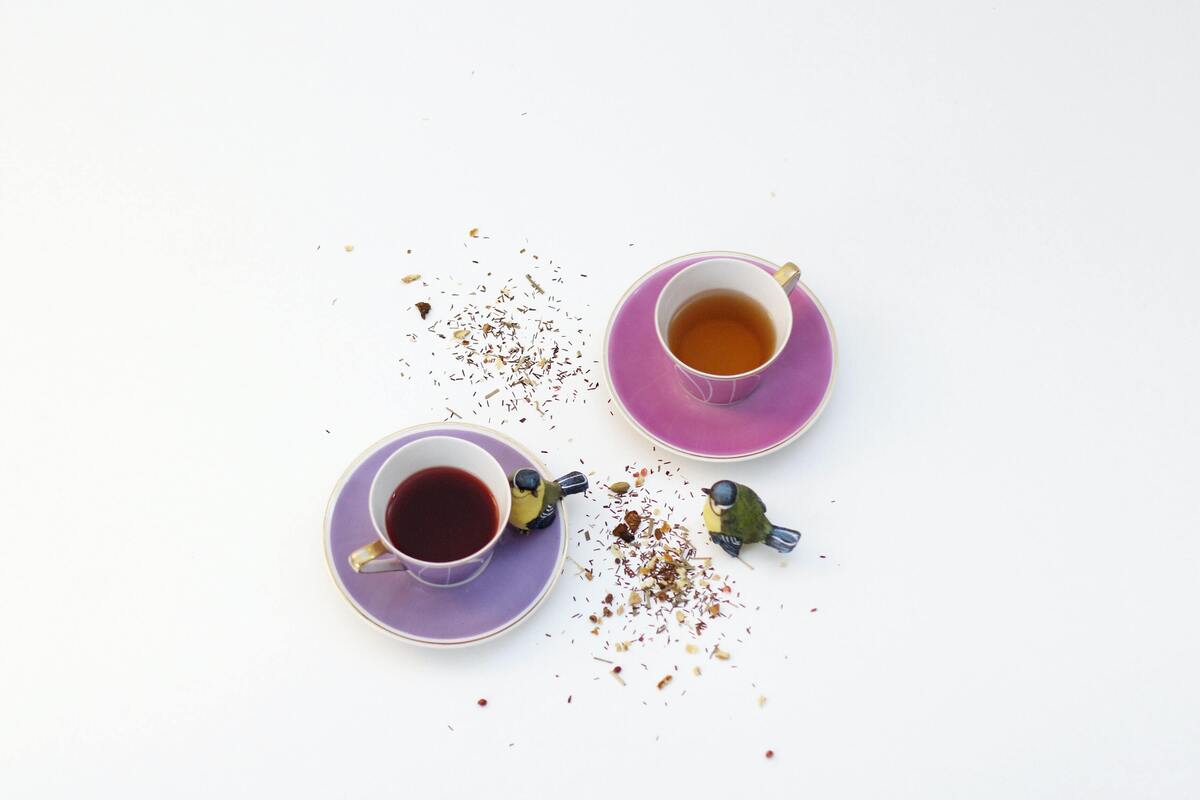
Besides the teas to relieve menstrual cramps, there are other tips that are just as effective, not only to ease the pain, but also to regularize the menstrual cycle, improve mood, and balance the hormones that tend to change during this period.
Here's how heat, food, and healthy habits can bring more quality of life to women, before and after PMS. Check it out below.
Heat on site
Vasodilation is caused by heat at the site of the pain. In the case of menstrual cramps, the hot water bag over the lower abdomen is an alternative to activate the blood flow, minimizing the production of prostaglandin, and thus relieving discomfort.
A warm cloth can also be used, or during bathing, let the hot water from the shower fall on the abdomen and lumbar region.
Sitz bath is also an effective option and can be done with the herbs: horsetail, chamomile, parsley, and mastic. Make the tea and put it in a basin so that you can sit comfortably. While the water is hot stay seated to activate the blood flow. As soon as the water cools down leave immediately, so as not to create clots and intensify the pain.
Scaling the feet
Just as heat in the abdominal region can reduce pain, scalding the feet has the same function, because there are points and nerve endings in the soles of the feet that help treat pain and tension throughout the body.
If you prefer, make a tea with fennel, horsetail, and hibiscus, for example, and add salt or essential oils. Crystals or marbles can also be used to massage the feet.
Care with feeding
During the menstrual period, some dietary care is important to ease menstrual cramps. Following a balanced diet with little salt, fat, soft drinks, caffeine, such as coffee and chocolate, can reduce fluid retention, and thus cause less abdominal discomfort.
The most recommended foods to attenuate colic are those rich in omega 3 and tryptophan, such as, for example, fish and seeds. In addition, eating fruits, vegetables, and legumes can improve the pain, because they contain a lot of water and have a diuretic action, such as parsley and spinach, eliminating excess fluid in the body.
Whole grain cereals and oilseeds are also a must. Due to their high concentration of vitamins, they help transform tryptophan into serotonin, a hormone that causes the feeling of well-being.
Physical exercise practice
Another important tip for relieving cramps is to exercise. It is recommended to do at least 45 minutes of physical activity, either a moderate walk or jumping rope, for example.
In cases of very strong pain, a good option is pilates and yoga, which are light activities, but which keep the body active, besides improving the feeling of stress and anxiety during the menstrual cycle.
Rest Time
The emotional overload caused by day-to-day tasks, as well as the lack of healthy habits can intensify menstrual cramps. This happens, mainly, due to stress and excessive worry, which can cause a physiological response, straining the muscles, especially the endometrium with strong contractions.
To restore the body, sleep promotes a balance in the body, renewing the proteins and enzymes lost during the day.
Massages
Massage is a great alternative to reduce menstrual cramps, thus avoiding the use of medication to control the pain. Before starting, place a hot water bottle over the abdomen for about 10 minutes to relax the muscles in the region.
Then, to make it easier, rub a lightly warmed vegetable oil over the pelvic area and massage clockwise around the navel to activate the circulation. Start lightly and gradually increase the pressure.
Do this movement, more or less, for 2 minutes, and then massage from the navel to the lower abdomen for another two minutes, gradually increasing the pressure on the spot.
Acupuncture and acupressure
Acupuncture is a Chinese technique that consists of inserting fine needles into points where they need to be treated. To relieve menstrual cramps, it is used in the pelvic, abdominal, and lumbar region.
Acupressure is also a traditional Chinese medicine technique that uses the fingers to press specific points located on the hands, feet, and arms. According to the technique, these points energetically interconnect the arteries, veins, nerves, and vital channels of the body.
Measure 4 fingers above the medial malleolus, the pointy bone near the ankle on the inside of the tibia and press.
Avoid smoking
Smoking can make menstrual cramps worse, because in tobacco there are properties such as nicotine that cause vasoconstriction, that is, the insufficiency of oxygen in the body tissues, increasing uterine contractions. Therefore, avoid smoking to avoid this discomfort.
Why are teas for menstrual cramps a good alternative?
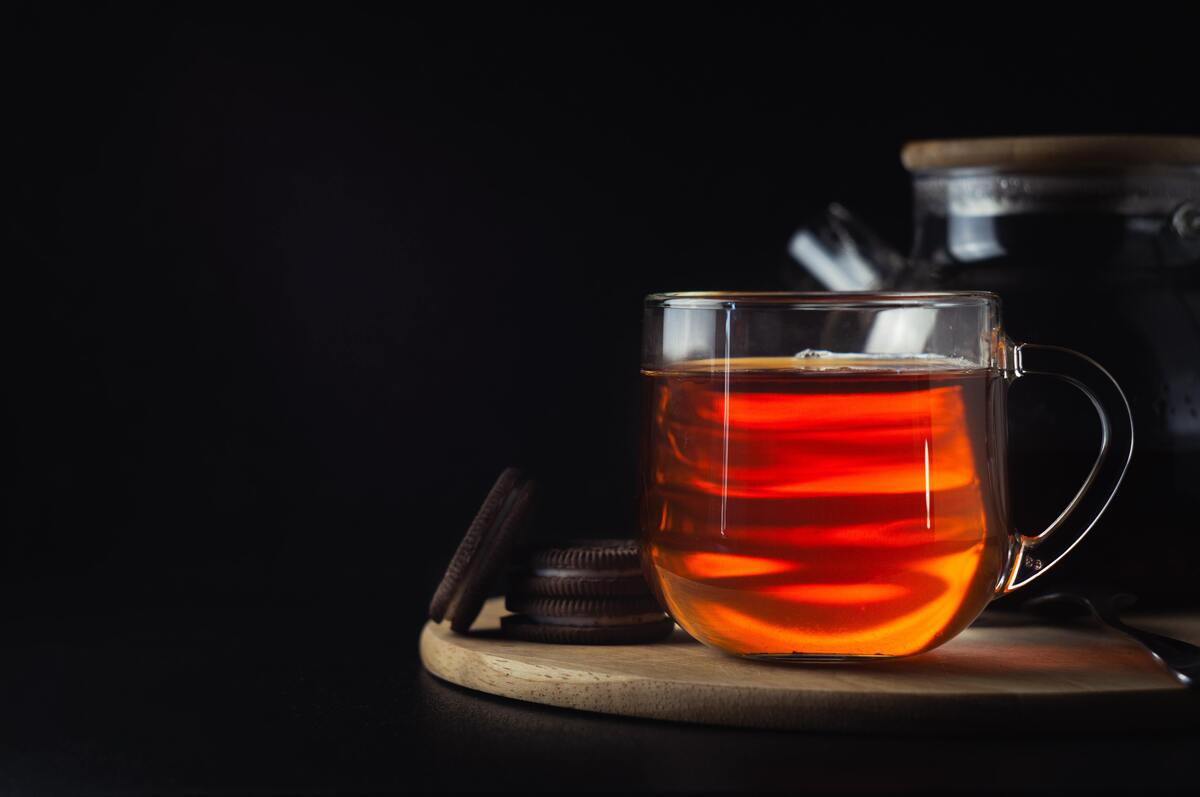
Teas for menstrual cramps are a good alternative, because in them are present beneficial properties to relieve pain and all the symptoms caused before and during menstruation. In addition, combining them with other healthy practices can contribute to balance the hormones and regularize the menstrual cycle.
In addition, it is a way to avoid the overuse of medication, which may not have the desired effect. However, if the pain cannot be controlled by teas or other alternative therapy, the doctor should be consulted to indicate the correct medication.

